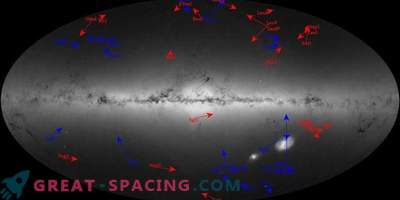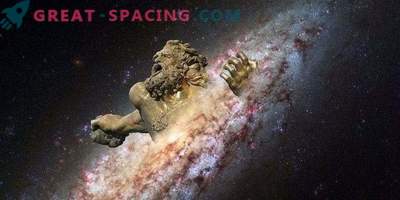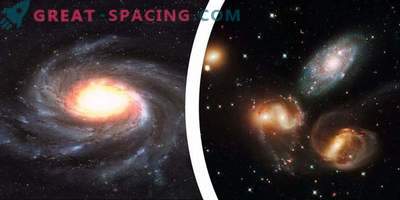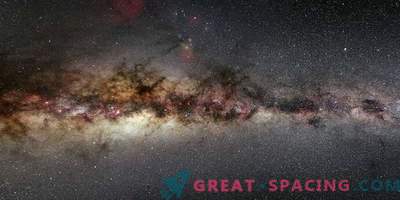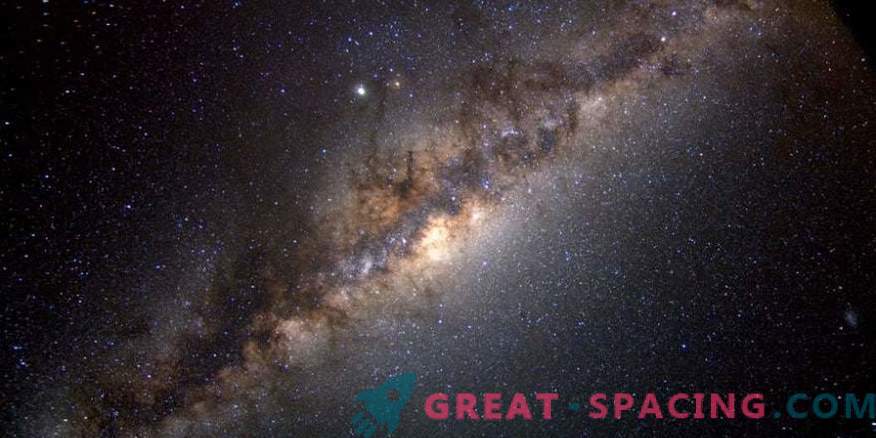
Researchers have carefully studied the data from the Gaia mission concerning previously unnoticed substructures in the Milky Way. Unusual conclusions are based on the combination of positions and speeds of 6 million stars from the galactic disk.
Scientists have found forms with different morphologies, like a spiral that resembles a snail shell. The existence of such substructures was first recorded due to the unprecedented accuracy of information from the ESA satellite Gaia. These features hint that the galactic disk was subjected to serious gravitational perturbation about 300 and 900 million years ago. This is one of the most amazing results of galactic archeology, allowing a better understanding of the origin and evolution of the Milky Way.
What led to the outrage? To understand, the researchers had to compare the structure and level of twisting of the spiral with models of galactic dynamics. Thus, a hypothesis has emerged that the disturbance is caused by a dwarf elliptical galaxy passing by the disk in Sagittarius.
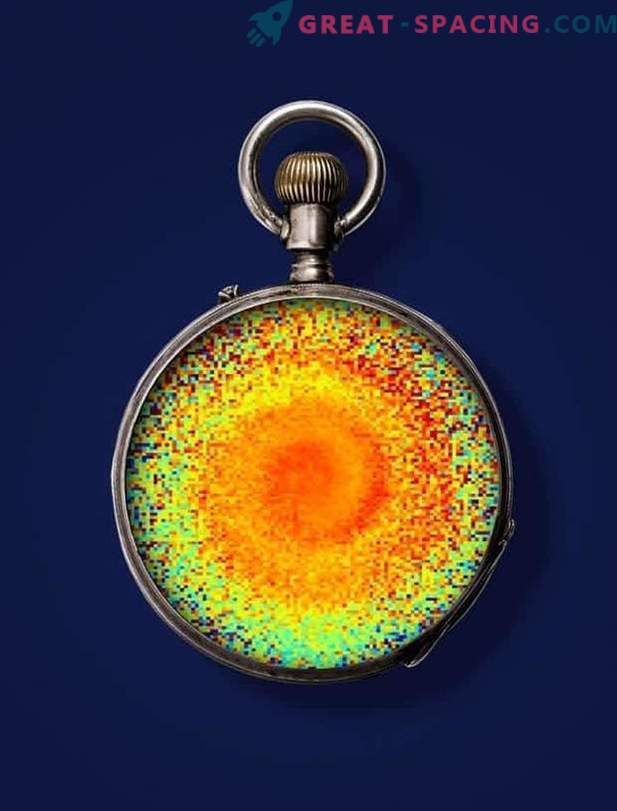
The spiral form of the picture is placed inside the old clock, symbolizing the fact that this data allowed us to return to the impact that shook the Milky Way disk in the past.
It is important to understand that our galactic disk is dynamically young and sensitive to disturbances, therefore it changes over time. The features found were viewed so clearly that at first they were perceived as an error or interference. More than 100 European researchers spent long months to verify all of Gaia’s information. The new model allows you to play the observed spirals. Remember how they threw pebbles into the river and watched the waves forming, spreading across the water surface. Similarly, the stars in the galactic disk were subjected to special ordering after gravitational attraction from a passing satellite galaxy. After some time, the stars have retained the effect of perturbation, and a spiral is visible in the graph.
Do not rush to regret the Milky Way. We all live in a cannibal galaxy, which has grown due to the absorption of other galaxies, which is happening now with the dwarf galaxy in Sagittarius. But the mass of the satellite galaxy is still large enough to cause a noticeable gravitational influence.
First Results of the New Gaia
The data studied in this study are part of the second edition of Gaia, published April 25, 2018. More than 400 scientists and engineers worked on the creation of the catalog, which allowed publishing clear positions and movements of more than 1,300 million objects. The second catalog covers 22 months of observations.
Here spectroscopic data are published for millions of stars close to the Sun, which allows measuring their speed and obtaining coordinates. Now the Gaia satellite has spent 48 months of review and extended the mission until the end of 2020. Now ESA is carefully studying the second 2-year mission.



